Results
-
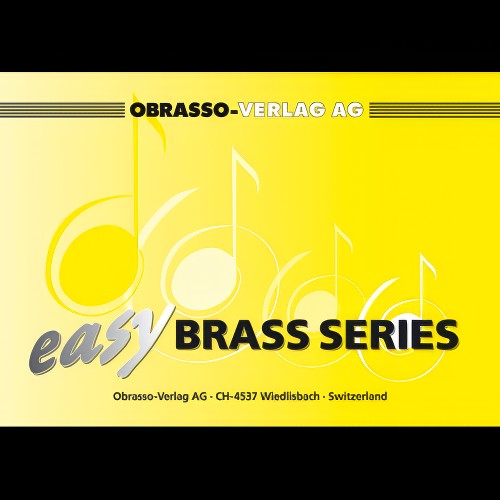 £54.20
£54.20Gospels Go Rock (Brass Band - Score and Parts) - Woodfield, Ray
Slightly reduced Brass Band instrumentation (no rep cornet, no 2nd horn, no 2nd trombone part)Medley including:Joshua Fought the Battle of JerichoSinner, You KnowNobody Knows, the Trouble I've SeenSwing Low, Sweet ChariotCotton Need a-Pickin'Kumbayah
Estimated dispatch 7-14 working days
-
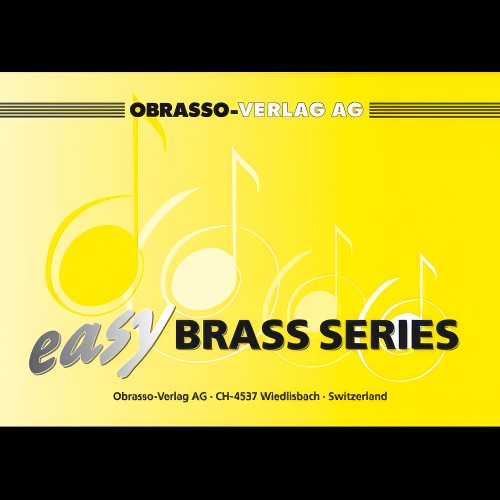 £54.20
£54.20Grease Selection (Brass Band - Score and Parts) - Casey & Jacobs - Mabon, Cameron
Slightly reduced Brass Band instrumentation (no rep cornet, no 2nd horn, no 2nd trombone part)Includes:Greased LightningSummer NightsBeauty School Drop-outWe Go Together
Estimated dispatch 7-14 working days
-
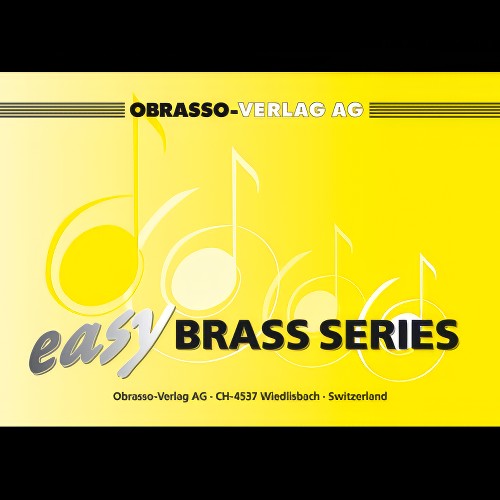 £50.90
£50.90Harlem Rag March (Brass Band - Score and Parts) - Turpin, Tom - Fernie, Alan
Slightly reduced Brass Band instrumentation (no rep cornet, no 2nd horn, no 2nd trombone part)
Estimated dispatch 7-14 working days
-
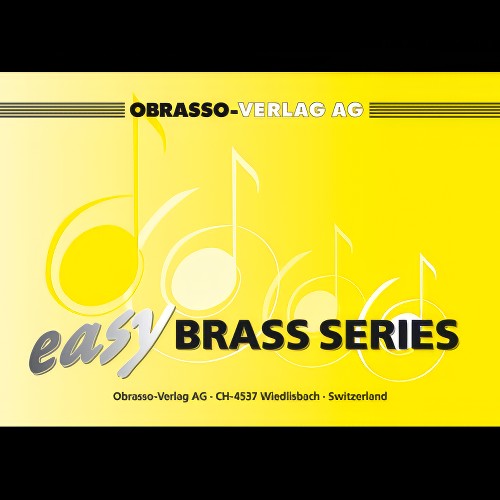 £50.90
£50.90Hello Dolly (Brass Band - Score and Parts) - Herman, Jerry - Stephens, Denzil
Slightly reduced Brass Band instrumentation (no rep cornet, no 2nd horn, no 2nd trombone part)
Estimated dispatch 7-14 working days
-
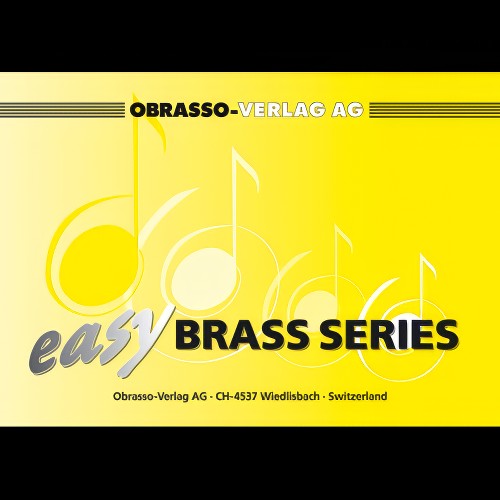 £50.90
£50.90Herb Albert Pops (Brass Band - Score and Parts) - Alpert, Herb - Woodfield, Ray
Slightly reduced Brass Band instrumentation (no rep cornet, no 2nd horn, no 2nd trombone part)Medley includes:Tijuana TaxiSpanish Flea
Estimated dispatch 7-14 working days
-
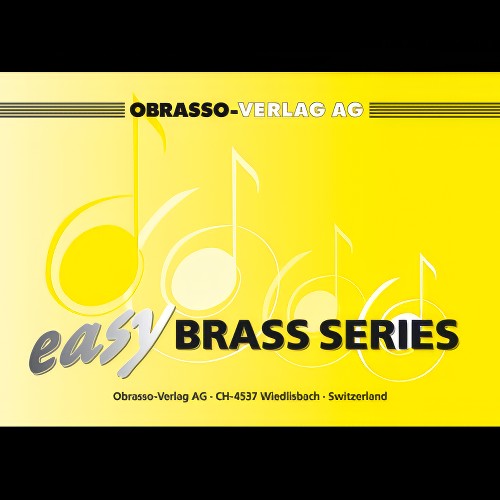 £50.90
£50.90Hey Jude (Brass Band - Score and Parts) - Lennon & McCartney - Fernie, Alan
Slightly reduced Brass Band instrumentation (no rep cornet, no 2nd horn, no 2nd trombone part)
Estimated dispatch 7-14 working days
-
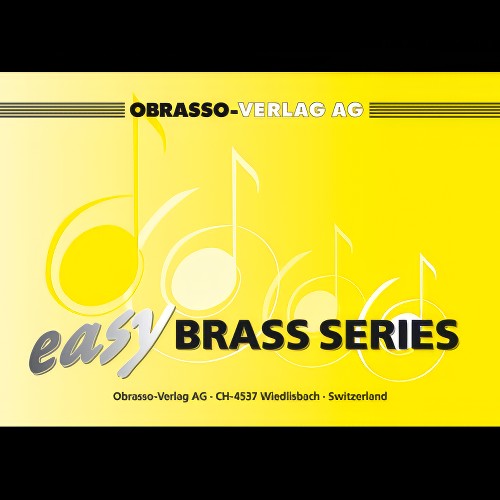 £47.60
£47.60Highland Cathedral (Brass Band - Score and Parts) - Korb & Roever - Stahli, Urs
Slightly reduced Brass Band instrumentation (no rep cornet, no 2nd horn, no 2nd trombone part)
Estimated dispatch 7-14 working days
-
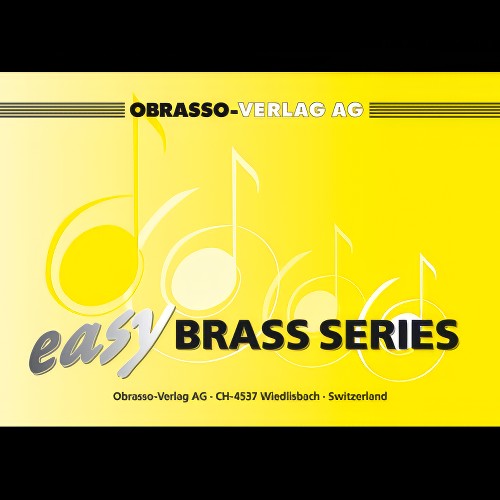 £50.90
£50.90Hot Stuff (Brass Band - Score and Parts) - Hume, Rob J.
Slightly reduced Brass Band instrumentation (no rep cornet, no 2nd horn, no 2nd trombone part)
Estimated dispatch 7-14 working days
-
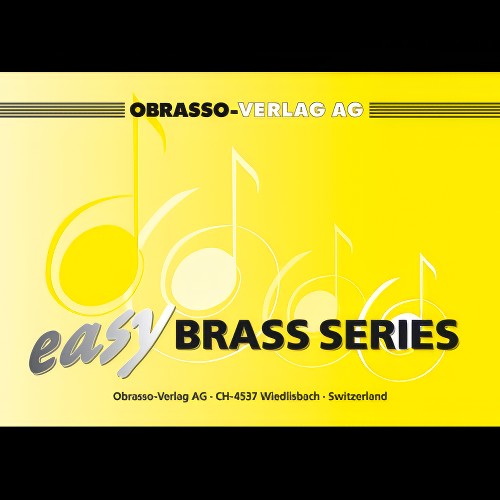 £50.90
£50.90I Got Rhythm (Brass Band - Score and Parts) - Gershwin, George - Stephens, Denzil
Slightly reduced Brass Band instrumentation (no rep cornet, no 2nd horn, no 2nd trombone part)
Estimated dispatch 7-14 working days
-
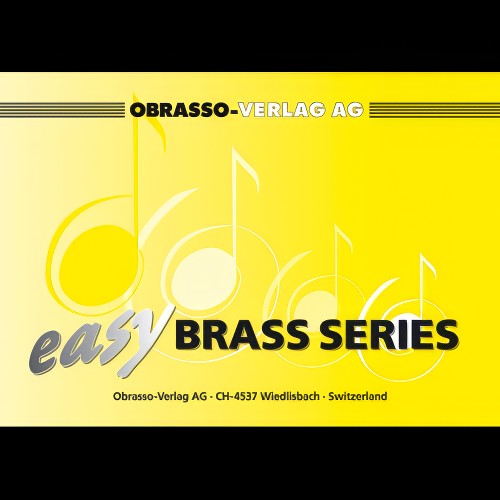 £50.90
£50.90I Wish It Could Be Christmas Every Day (Brass Band - Score and Parts) - Wood, Roy - Hume, Rob J.
Slightly reduced Brass Band instrumentation (no rep cornet, no 2nd horn, no 2nd trombone part)
Estimated dispatch 7-14 working days
